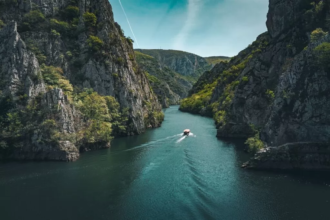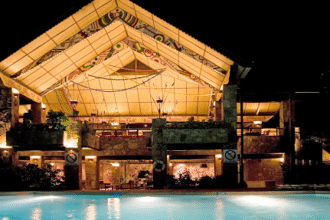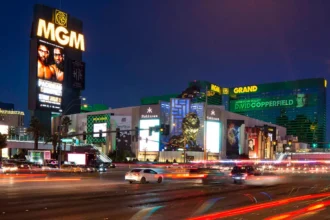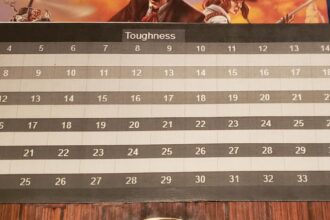There are motorcycles that change hands, and then there are those that change lives. Among the smoky garages and winding British lanes, one particular 1951 Ariel VB has earned a life of its own — a story written not in ink but in oil stains, sea air, and laughter. Nearly three decades after it was rescued from a dusty loft, it still runs, still thumps, and still reminds its owner that the road is a kind of home.
The tale began in Rochdale, inside the loft of an old motorcycle shop that had once survived a fire. Among the scorched beams lay a collection of forgotten parts, the skeleton of a machine that most would have ignored. A student passing through saw something else — a challenge, perhaps a dream. For £400, he bought what remained of a 600 cc Ariel, knowing little about it except that it was big, British, and beautifully uncertain. It was a purchase that would quietly define his next three decades.
A Workshop the Size of a Wardrobe
Most restorations start in a garage. This one began in a ten-by-six student dormitory in Oxford. There was barely space for a bed, let alone an engine block, yet piece by piece the Ariel took shape between piles of textbooks and the faint smell of polish. By the time it was finished, the room deposit was long lost, replaced by the joy of turning a box of parts into something alive again.
When the engine first ran, it did so reluctantly — without a carburettor needle, demanding a hand over the inlet just to breathe. It coughed, shook, and eventually roared. In that moment, an old British single came back to life, and so did the spirit of its builder.
The Road Becomes a Friend
From that cramped beginning grew a lifetime of journeys. Forty-eight thousand miles later, the Ariel had crossed borders, carried luggage and laughter, and even hauled a double-adult sidecar filled with family. From Oxford’s back streets to Cornish cliffs, the bike’s steady rhythm became a companion in every season. It was never about speed; 50 mph felt just right. Fast enough for the wind, slow enough for the soul.
Riding, Friendship, and the Camera
For many viewers, this story reached them not through a social-media post but through the screen. Alongside television presenter Henry Cole, the man behind the Ariel became one half of one of British motorcycling’s most loved duos. Their on-screen chemistry — one brimming with exuberant storytelling, the other quietly brilliant with tools and engineering intuition — reminded audiences that old bikes are about people as much as pistons. Together they turned mechanical restoration into something deeply human: humour, craftsmanship, and friendship bound by the smell of petrol and the thrill of a first start.
While television brought recognition, the Ariel remained untouched by fame. It continued to be a working machine — ridden, maintained, and trusted. For both men, the joy has always been in keeping things real, whether in a barn or on a Cornish B-road.
The Brotherhood of British Iron
When photos of the Ariel appeared online, riders across the country chimed in. Some had their own Ariels, others ran BSA M21s or Matchless G3Ls, all sharing the same affection for mechanical honesty. One admirer wrote, “You’re a legend and an inspiration.” Another told of touring Norway on an old side-valve with camping gear strapped to the mudguard. These messages weren’t just compliments — they were proof that the spirit of British motorcycling still runs deep.
Old bikes demand patience, conversation, and care. They invite you to slow down, to understand the engine, to listen. That’s why their riders form such strong bonds — not only with their machines but with one another.
Cornish Roads and Continuity
Down in Cornwall, the Ariel often returns to the coast — to Godrevy, Fowey, and Gwithian — where gulls wheel overhead and sea spray catches the evening light. Locals recognise the sound before they see it: the rhythmic pulse of a seventy-year-old single echoing off the cliffs. It’s a sound that belongs there, as natural as the tide.
Each ride becomes a ritual. A check of the oil, a kick on the starter, a nod to the sea — then the steady beat begins again. Machines like this don’t just transport; they remember.
What Endures
Decades on, Sam Lovegrove still rides that same 1951 Ariel VB with the same affection that began in that tiny dorm room. Its persistence mirrors his own — both living proof that good engineering and genuine passion never go out of style.
The story is no longer just about a . It’s about continuity: the friendship between two tinkerers, the endurance of craftsmanship, and the comfort of a machine that always finds its way home. In a world chasing upgrades and electric silence, the thud of that old side-valve still speaks clearly. And somewhere along a Cornish road, two friends — one with a camera, one with a spanner — keep reminding us that the best journeys are made not for speed, but for the stories that last.

















